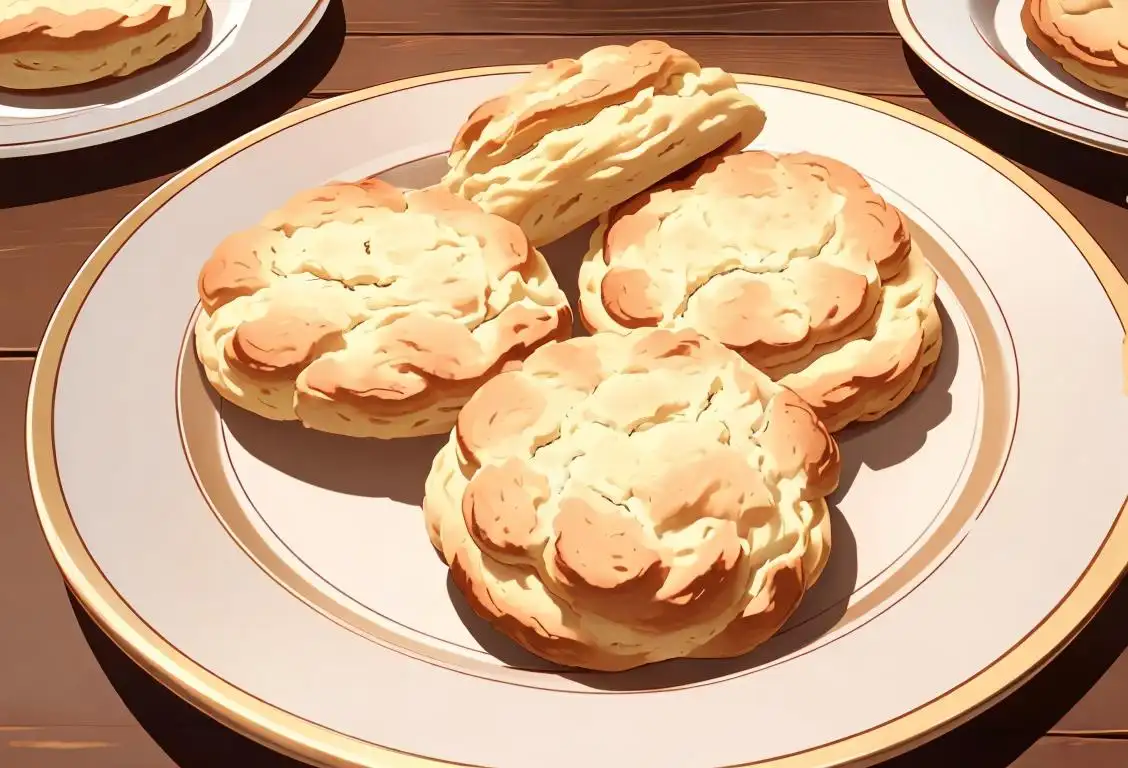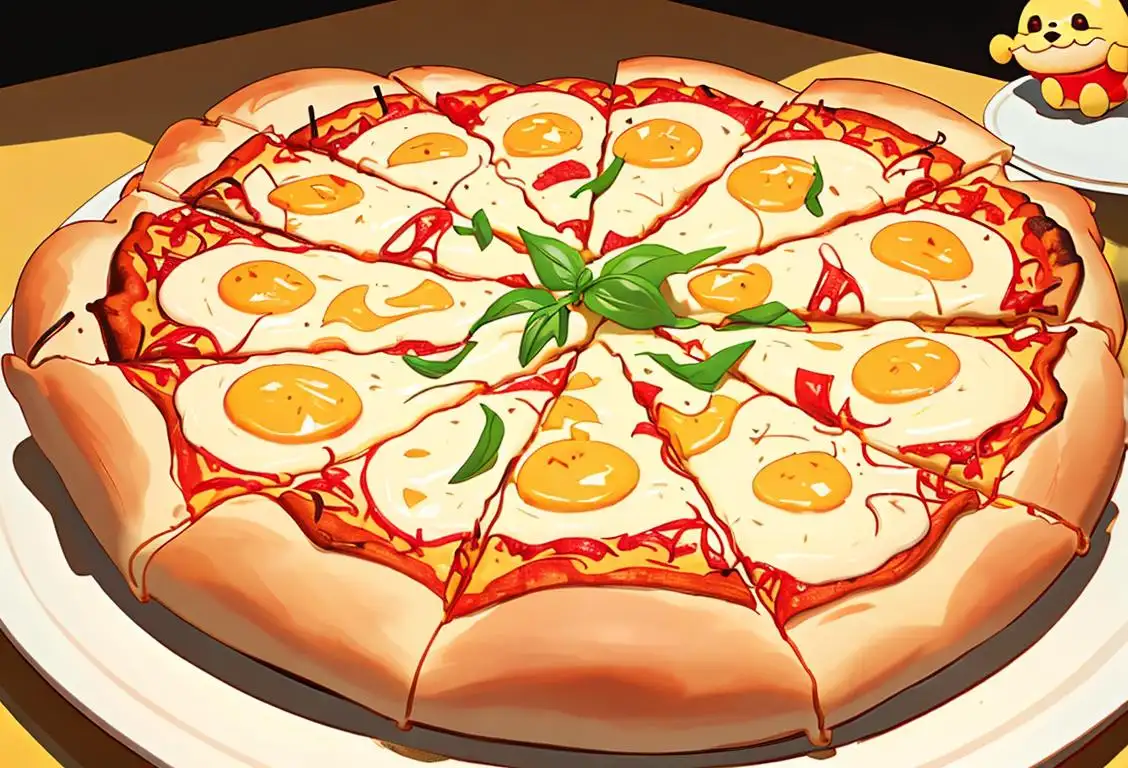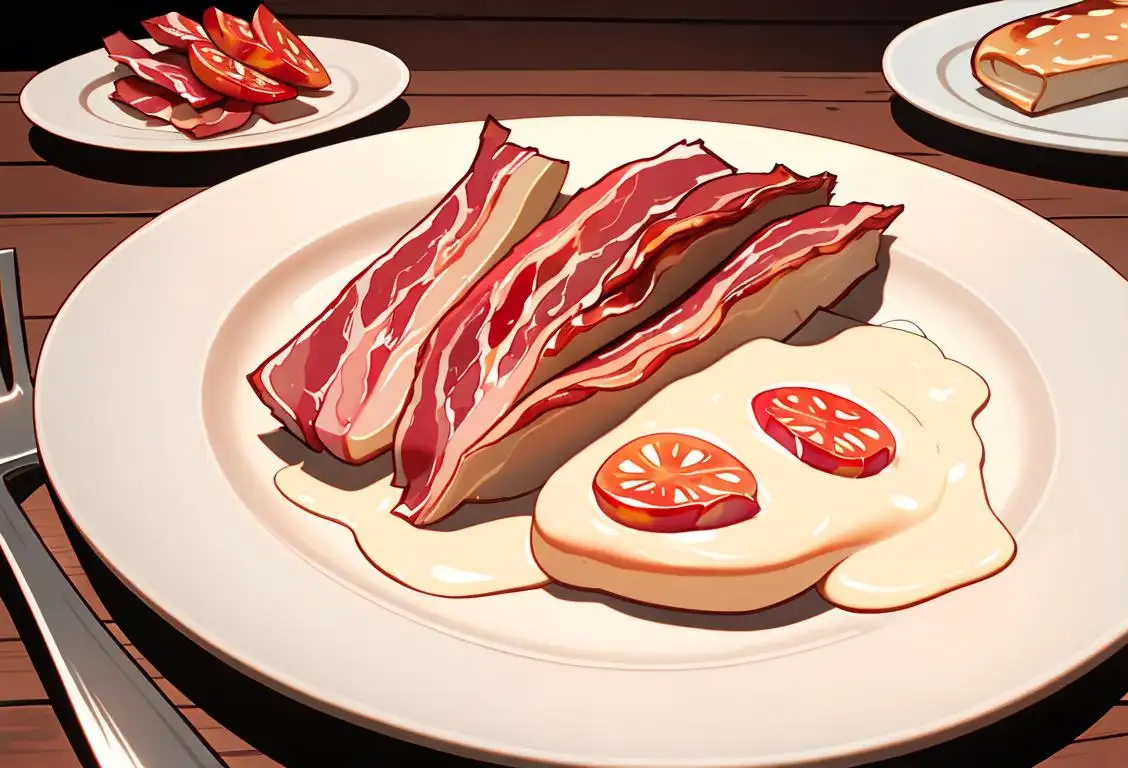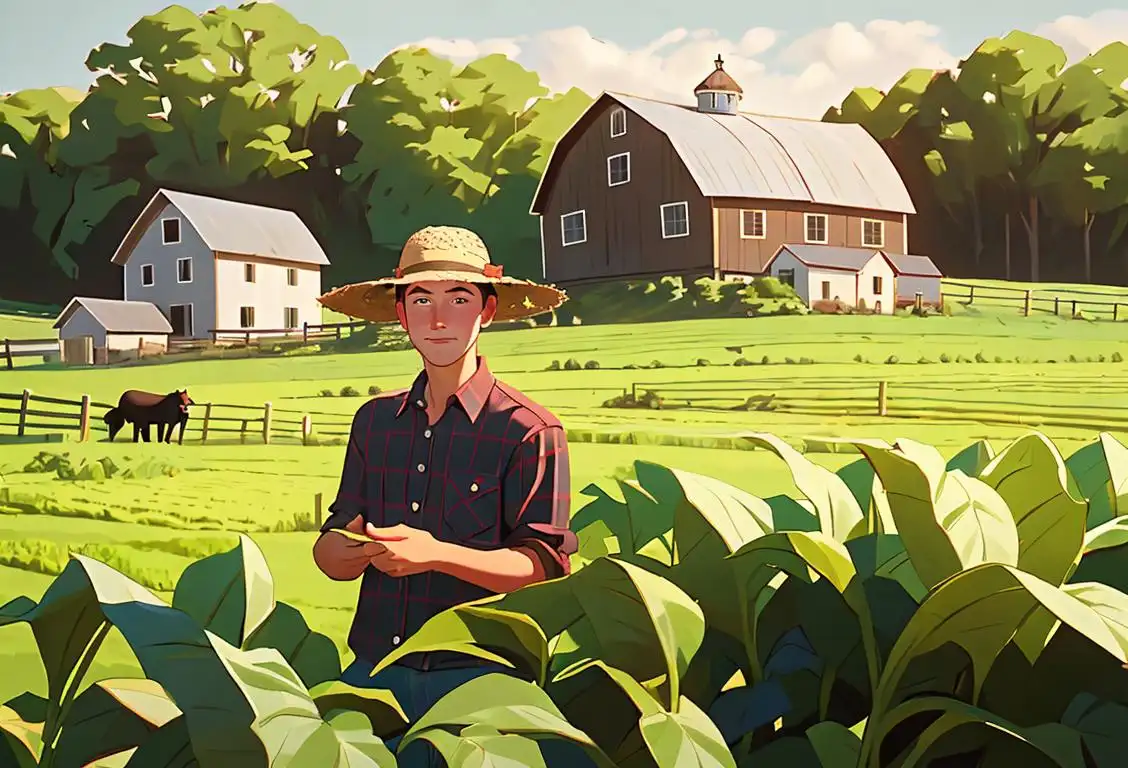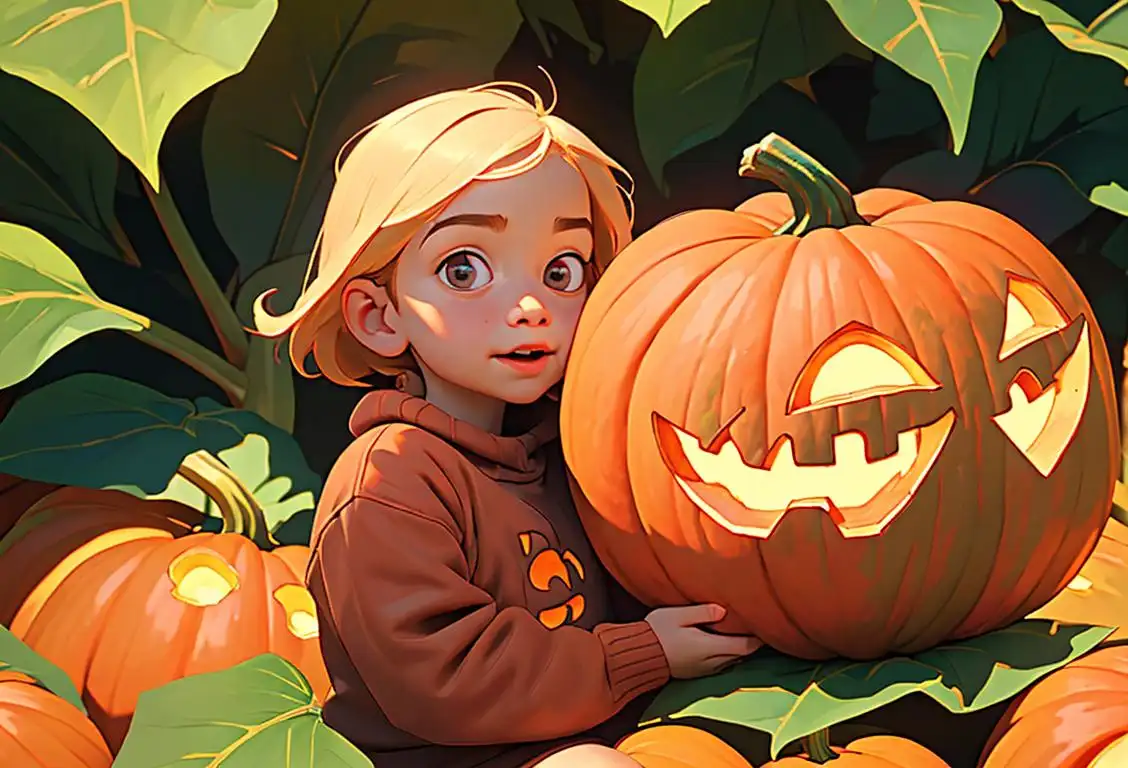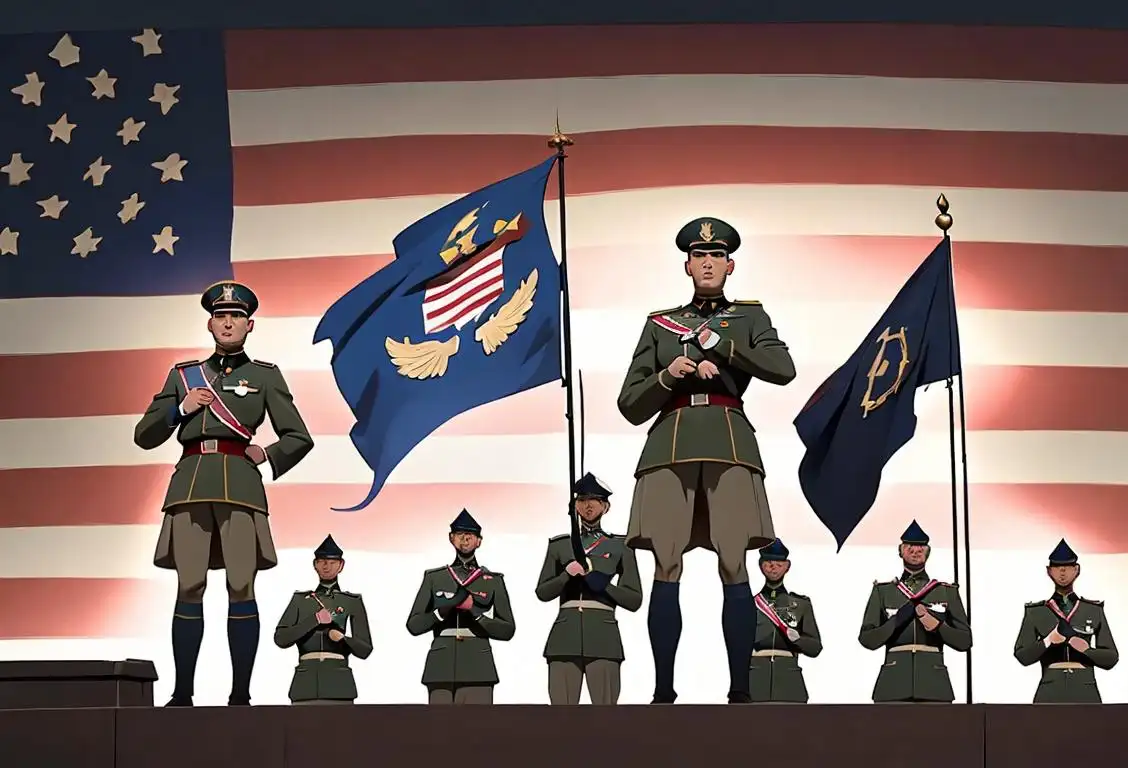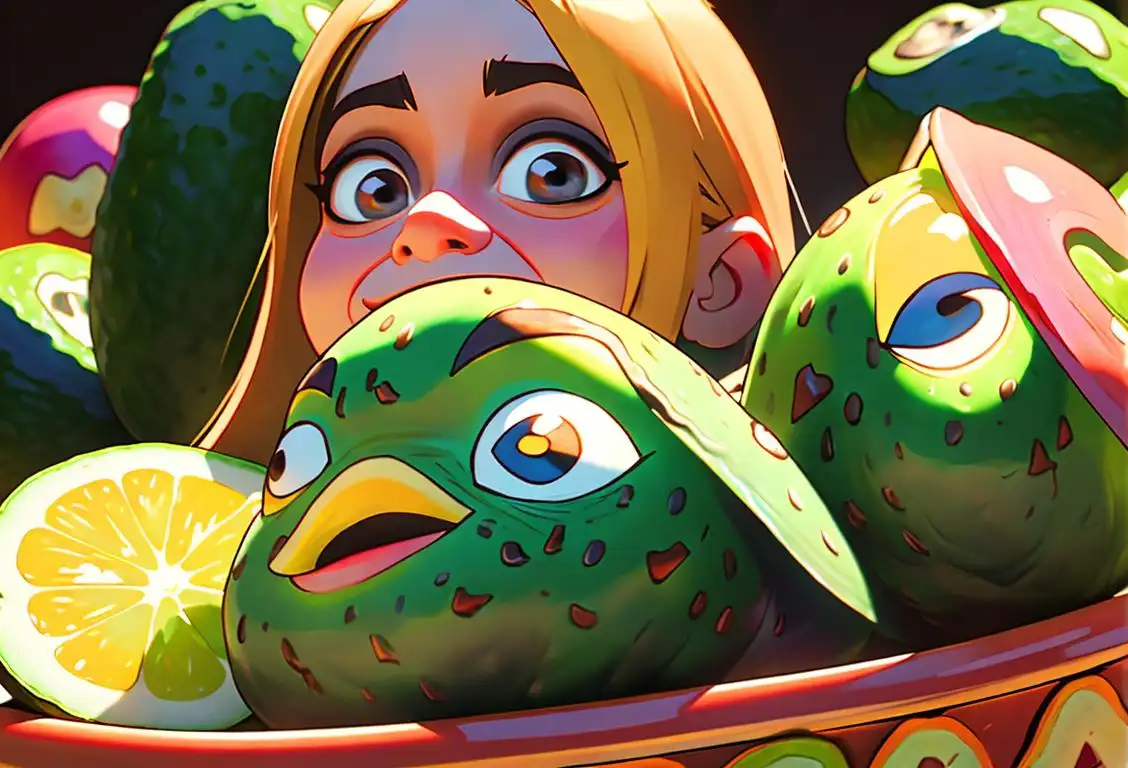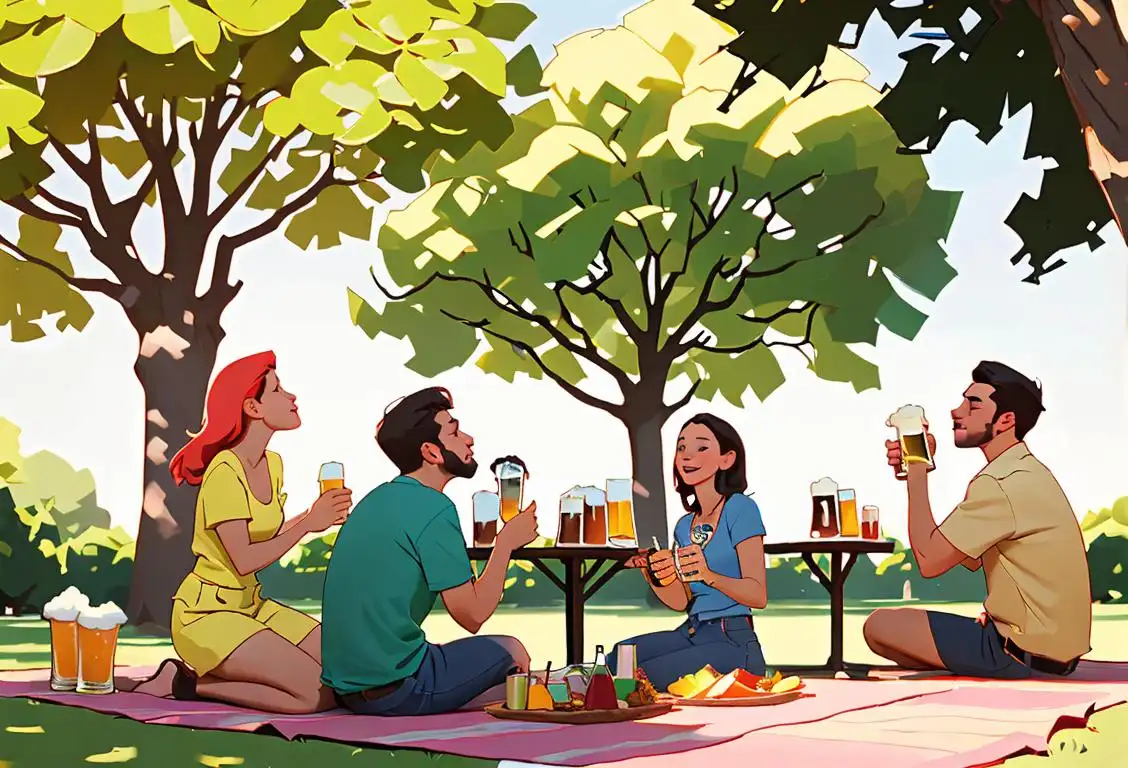National Sugar Cookie Day

If mornings are for coffee and contemplation, then the rest of the day is for sugar cookies. Now while you're gasping at such profound sugar logic, let's delve into the delicious, sweet, crumbly world of National Sugar Cookie Day history. But don't worry, no exercise is required! Run your eyes, not your laps. And worry not about crumbs, there's no cleaning up in internet history.
When is Sugar Cookie Day?
It's national sugar cookie day on the 9th July.
A Sprinkle of Sugar Cookie Insight
Our first recorded internet rave on National Sugar Cookie Day damnear broke the net. On 09 July 2015, all 6,365 mentions of the day erupted like a flurry of confectioner's sugar across the world wide web. The internet has since kept its sweet tooth for this day, setting a rather tasty tradition that gives us the gift of guilt-free snacking.
Sweet Beginnings
Sugar cookies might sound American – and they do do an exceptional job there, but the delicacy sailed over from Nazareth, Pennsylvania by German Protestant settlers back in the day. Now they're as American as apple pie, or rather, apple pie is as American as them.
Sugar Up, It's Celebration Time
The eminent National Sugar Cookie Day is celebrated on the 9th of July every year. Not only do we honour the existence of this sweet nibble, but the internet also serves as a platform for cyber folks to share their recipes, their love for the cookie, and more importantly, their mouth-watering photos of sugar cookies. Remember to snap before you snack, folks!
Sugar High
From bakers piping out their best buttercream roses on Instagram to cafes offering delicacies so tempting, they make our new year resolutions weak in the knees, everyone is on a sugar high.
History behind the term 'Sugar Cookie'
1700s
The Origins in Europe
Sugar cookies trace their origins back to Europe in the 1700s. The recipe for sugar cookies can be traced to the Dutch settlers, who were known for baking various types of cookies using sugar. These early sugar cookies were often made using basic ingredients such as butter, sugar, flour, and eggs. The simplicity of the recipe and the delicious taste quickly made them popular among European bakers.
1800s
The American Adaptation
In the 1800s, sugar cookies made their way to America, where they gained even more popularity. American bakers began to add their own twist to the recipe, incorporating local ingredients and flavors. They also started using cookie cutters to create different shapes, making sugar cookies not only delicious but also visually appealing. This made them a popular choice for holidays and special occasions.
1930s-1940s
The Great Depression and War Efforts
During the Great Depression and World War II, sugar cookies took on a new significance. Due to rationing and limited resources, people had to make do with what they had. Sugar cookies became a practical choice since they could be made with simple ingredients that were readily available. They also provided a sense of comfort and familiarity during difficult times, reminding people of happier days.
1960s-1970s
The Rise of Decorated Sugar Cookies
In the 1960s and 1970s, sugar cookies experienced a surge in popularity, especially decorated sugar cookies. The introduction of colorful icings and various types of decorations sparked a decorating trend that continues to this day. Sugar cookies became a canvas for creativity, with bakers and home cooks experimenting with different designs, patterns, and themes. Decorated sugar cookies became a staple at parties, celebrations, and special occasions.
Present Day
Sugar Cookies in Pop Culture
Today, sugar cookies hold a special place in popular culture. They are often associated with holidays, particularly Christmas, where they are decorated with festive shapes and colors. Sugar cookies have also become a popular treat for children's parties, weddings, and other events. The term 'sugar cookie' has even extended beyond its culinary roots, symbolizing something that is sweet, comforting, and nostalgic.
Did you know?
Did you know that sugar cookies were once known as the 'Nazareth Cookies' by the 18th-century German settlers? Well, now you can munch on your next cookie with a sprinkle of knowledge!Tagged
awareness food fun loved onesFirst identified
8th July 2015Most mentioned on
9th July 2015Total mentions
6365Other days
Biscuit Day
Cheese Lovers Day
Cheese Pizza Day
Bacon Day
Agriculture Day
Pumpkin Day
Foundation Day
Medal Of Honor Day
Guac Day
Drink A Beer Day
